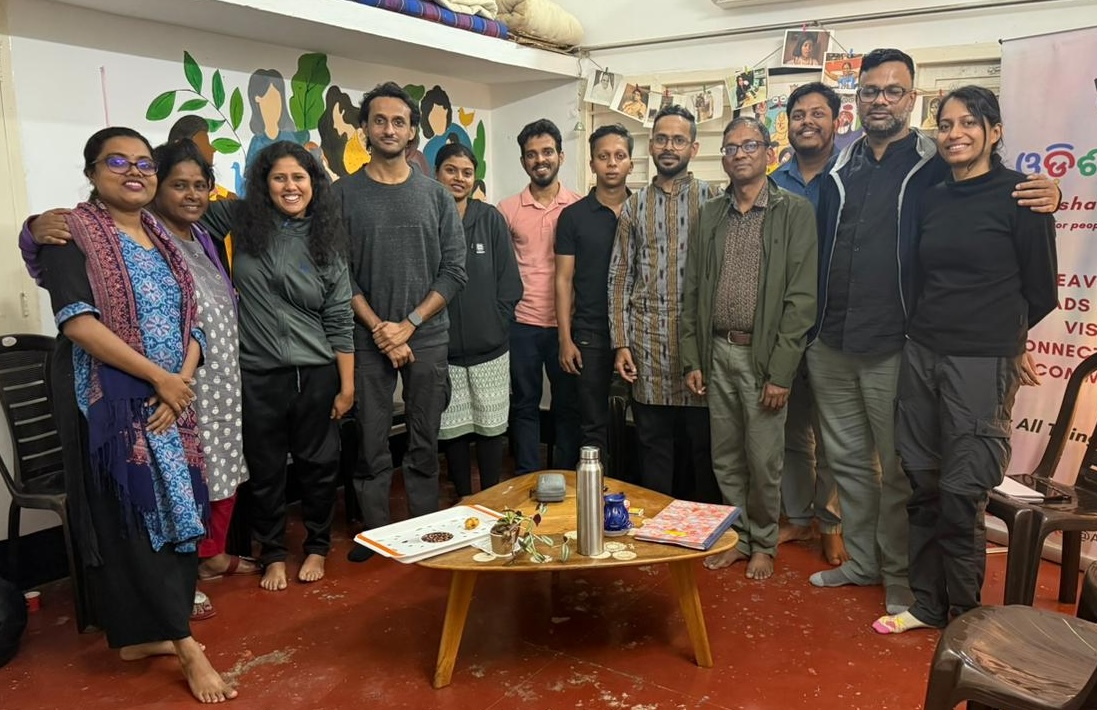New Delhi: The Zoological Survey of India (ZSI) has unveiled a groundbreaking publication titled ‘An illustrated guide to the Lepidoptera of India: taxonomic procedures, family characters, diversity, and distribution’. The book, authored by Dr. Dhriti Banerjee, Director of ZSI, along with Dr. Navneet Singh, Dr. Rahul Joshi, and Dr. P. C. Pathania, scientists of ZSI, in collaboration with Lepidoptera expert Dr. R.C. Kendrick from Hong Kong, marks a significant milestone in the field of lepidopterology.
The genesis of this seminal work traces back to the 6th Asian Lepidoptera Conservation Symposium hosted by ZSI in 2019, where the need for a comprehensive guidebook to aid both amateurs and professionals in the study of lepidoptera was highlighted. The project, conceived during the COVID-19 lockdowns, saw continuous updates and revisions over four years before culminating in the publication of this definitive guide.
The guide aims to provide a comprehensive overview of the diagnostic characters, taxonomic procedures, diversity, and distribution patterns of butterflies and moths found in India. It delineates the methods for collecting and curating voucher material, taxonomic procedures, and identification techniques at the superfamily and family levels. Additionally, the book offers insights into the global diversity of Lepidoptera, updated to include 166,320 species, 143 families, and 43 superfamilies, with 13,124 species, 101 families, and 31 superfamilies recorded in India.
A distinguishing feature of the guide is its blend of academic technicality with a natural history field guide style, making it accessible to a wide audience. Notably, the publication rectifies a taxonomic anomaly by describing a new family of Lepidoptera, Heliocosmidae, further enriching the scientific understanding of butterfly and moth species.
This illustrated guide, the first of its kind in India, is poised to become an indispensable resource for researchers, conservationists, and enthusiasts alike, facilitating a deeper appreciation and understanding of the rich diversity of Lepidoptera in the country and beyond.





